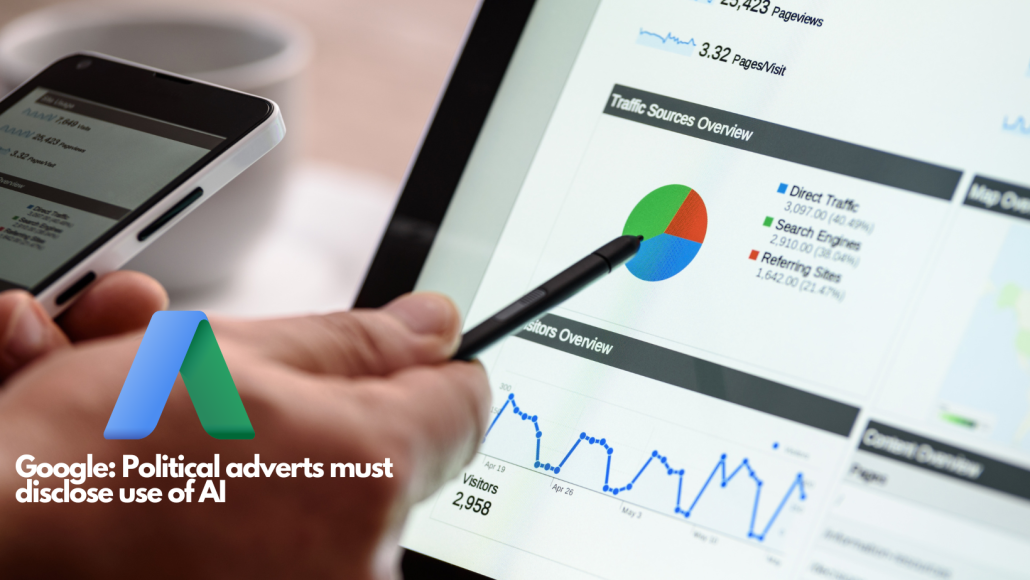
In response to the rising concern over synthetic content proliferation, Google is taking a significant step by requiring political ads on its platforms to disclose the use of artificial intelligence (AI) in creating images and audio. This move is aimed at countering the spread of misleading information, particularly during election campaigns. In this article, we’ll delve into the key aspects of Google’s decision and its implications for transparency in political advertising.
1. Disclosure of Synthetic Content: Starting this November, Google will mandate that political ads prominently disclose the presence of “synthetic content.” This includes content that portrays real or realistic-looking individuals or events generated using AI.
2. Labels as Flags: Google recommends labels like “this image does not depict real events” or “this video content was synthetically generated” to flag AI-generated content. These labels serve as visual cues for viewers, signaling that the content may not be genuine.
3. Reinforced Existing Policies: Google’s existing ad policies already prohibit the manipulation of digital media to deceive the public regarding political or social issues. These policies are now reinforced with the new AI disclosure requirement.
4. Banning Demonstrably False Claims: Google’s ad policy goes further by forbidding demonstrably false claims that could undermine trust in the electoral process. This commitment aligns with Google’s goal of upholding the integrity of political advertising.
5. Transparency in Political Ads: In addition to AI disclosure, political ads on Google are obligated to reveal their funding sources and provide message information through an online ad’s library. The requirement for disclosures about digitally altered content is clear and conspicuous.
6. Examples of Synthetic Content: Google’s policy provides clear examples of content that necessitates labeling, such as synthetic imagery or audio falsely depicting individuals or events. This is an effort to combat the misuse of AI-generated content for deceptive purposes.
7. AI Detection and Removal: Google underlines its ongoing investment in technology to detect and remove synthetic content. This proactive stance demonstrates Google’s commitment to curbing the spread of misleading information.
This development arises in response to incidents where AI-generated content, including fake images and deepfake videos, propagated disinformation, particularly during political campaigns. While AI technology holds promise, its potential for misuse has become a growing concern.
Google’s decision to implement stringent disclosure requirements is a crucial move toward enhancing transparency and combating the misuse of AI-generated content in political advertising. It emphasizes the need for vigilance in the face of evolving technology and its implications for misinformation. Staying informed about tech platforms’ policies and guidelines is essential to ensure responsible and ethical use of AI in advertising and content creation.
